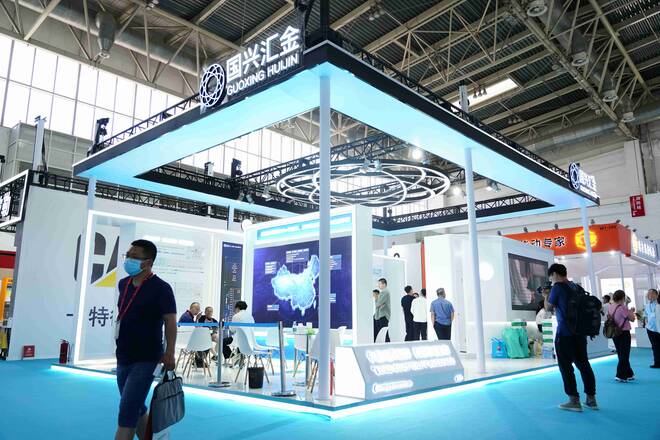
The target well is a production well in Indonesia, designed with a four-section drilling scheme and a total depth of 1,502 m. The development targets include two geological layers spanning 24 m, consisting of meandering river and braided river deposits. The target interval features a strong bottom water drive and an acidic gas cap, resulting in a complex development drive mechanism.
The well experienced rapid production decline and a severe rise in water cut. The flow pressure in the target interval dropped below the bubble point pressure of the crude oil, and the reservoir flow field demonstrated three-phase flow characteristics of oil, gas, and water.
Our company has adopted a semi-permanent operation method to fix distributed optical fibers outside the tubing, running them downhole to the target depth. This setup enables the acquisition of distributed temperature data across the entire wellbore under different operating conditions. By integrating the distributed temperature data of the individual well, wellhead flow data, and PVT parameters, we have accurately characterized the distribution features of the production profile for a single well.
The daily oil production of the well is only 1.8 cubic meters, with 95% of daily water production occurring below the target interval. Based on the interpretation of the distributed fiber optic sensing results, the factors limiting the well's production capacity have been identified. The cement sheath sealing failure in the target interval and the lack of contribution from the most resource-abundant geological layer to production were determined to be the primary issues.
On this basis, we proposed a development adjustment plan, including repairing the cement sheath to prevent water and gas channeling, and performing additional perforations to enhance reservoir productivity. We further applied Guoxing distributed fiber optic sensing technology for continuous real-time downhole monitoring, optimizing the parameters of the electric sliding sleeves in each layer to maximize the remaining production potential of the well.
Post-intervention, the bottom water and gas cap were effectively sealed, and the well’s daily oil production increased to 25 m³. This significantly improved the recovery rate of the single well. The results validate that distributed fiber optic monitoring can provide effective and accurate monitoring outcomes for oilfield development, particularly for reactivating and enhancing production in old or shut-in wells. This approach achieves the objectives of reactivating idle wells, boosting production, and enhancing efficiency.

